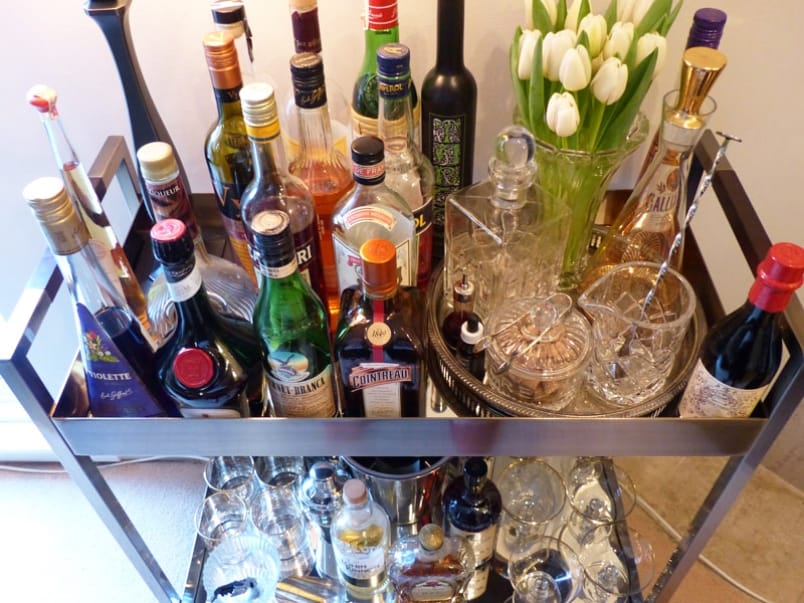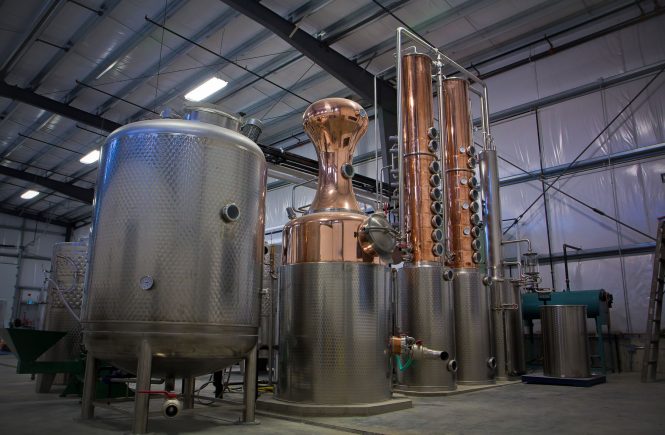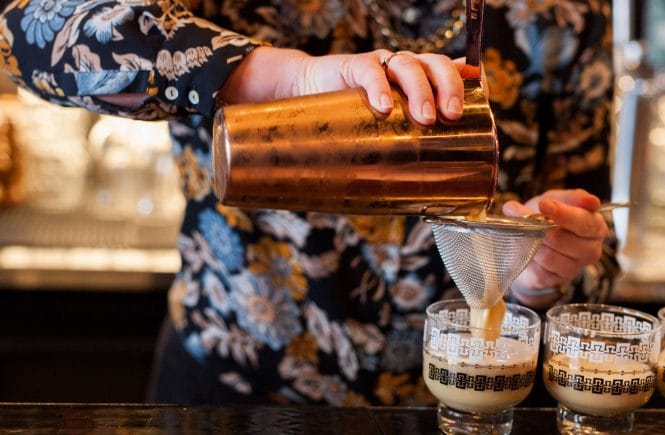
One could argue that without liqueur, a drink isn’t a cocktail. It’s just booze in a glass.
Liqueurs add sweetness, of course, but they also contribute a cornucopia of complex flavours and aromas: floral, creamy, spicy, nutty, fruity, sour. Meanwhile, herbal liqueurs – including aperitifs, digestifs, vermouths and amaros – add a whole spectrum of appealing bitterness. Each has its own essential role to play in a cocktail.
If you’re aiming to stock your home bar, the best approach is to build a base with your key spirits – gin, brandy, tequila, rum, vodka and whisky (rye, bourbon and/or blended) – then add finesse with a smart selection of liqueurs.
But where to start? The selection can be daunting. BC Liquor Stores lists 160 products in its liqueur category, and that’s just a fraction of what’s available. Here’s a quick guide to what you need and what you can do without.
The essentials
Cointreau (or curaçao or triple sec): This versatile orange-flavoured liqueur appears in countless drinks – mainly sours, including the Margarita, the Cosmpolitan and the Mai Tai. It’s sweet, yes, but it’s a clean, dry sweetness with a zesty orange-peel flavour that adds brightness to a drink. (Conversely, Grand Marnier is too rich and syrupy for most cocktails, but is delicious on its own.)
Vermouth: A fortified wine flavoured with botanicals, this is a standard in many classic cocktails (and modern ones, too). You can’t make a Manhattan or Negroni without a sweet (red) vermouth; you can’t make a Martini without a dry (white) one. Big commercial brands are inexpensive and work perfectly well, but try a craft-driven vermouth, like the ones from Odd Society or Vya, for more complexity.
Good to have
After the essentials, you should stock up on liqueurs for the drinks you (and your friends) like most.
Fond of the Aviation? You need maraschino and crème de violette. Love a Vieux Carré? Then Benedictine or B&B is your friend. Yearn for a Sazerac? You’ll need absinthe to rinse that glass.
While you’re at it, go ahead and pick up some limoncello and an amaretto (for the latter, Sons of Vancouver makes a good one); they’re good in cocktails and on their own, and you can even drizzle them over ice cream in a dessert emergency. Don’t forget crème de cassis for those brunch Kir Royales.
Aperitifs and digestifs like Campari, Aperol, Lillet and Fernet Branca also play a starring role in many classic cocktails, so they’re handy to have around. They also make refreshing summer sippers when topped with soda.
Not so important
There once was a time when every home bar had a bottle of crème de menthe. Chances are those bottles are still kicking around, stickily gathering dust.
Simple one-note liqueurs – such as mint, banana, coconut, passion fruit or apple – have limited use in contemporary cocktails. If you love a cocktail that requires one of these, definitely buy it; otherwise, it’s not a must-have.
As for cream liqueurs, they’re essential for your holiday or camp coffee, but are rarely used in cocktails unless you’re still doing B-52 shots at your place.
If you must
Many liqueurs, aperitifs and digestifs have decades – even centuries – of high-quality handcrafted tradition behind them. Others, not so much.
In general, anything that’s tinted chemical-spill green, orange or blue is not that way by nature. If it’s filled with strange floaty things or tastes like mass-produced candy, it likely won’t do much for your cocktail (or, come the morning after, your head). And if it has a cutesy name that could have been conjured up by a bunch of frat boys after a wild night out – well, you’ve been warned.
—by Joanne Sasvari




